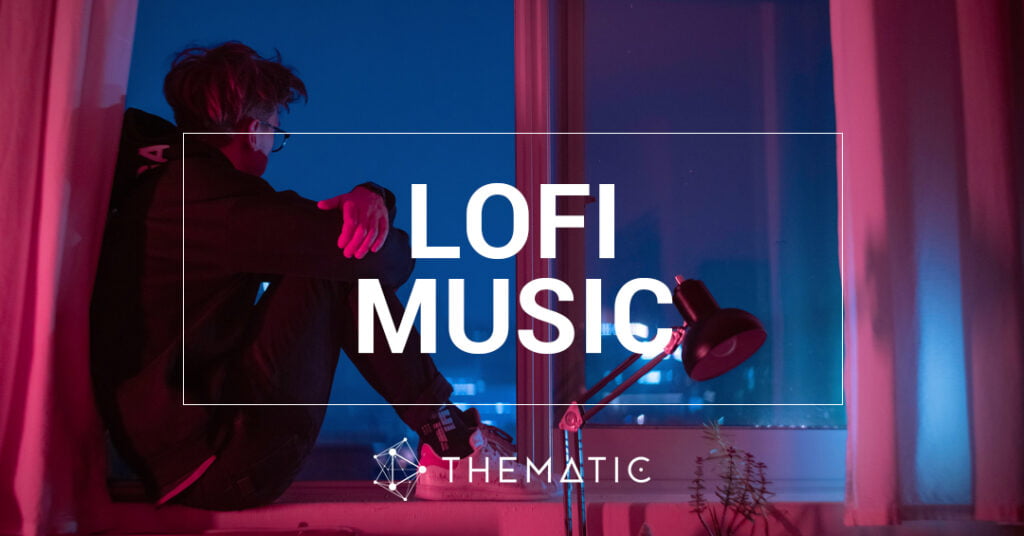Create Lo-fi TikTok Music Videos Fast with These AI Tools Step by Step
Why Lo-fi Aesthetic Resonates on TikTok Today
Lo-fi visuals feel nostalgic, calming, and intimate. These qualities help boost viewer retention and scroll-stopping impact. Using grain texture, muted colors, soft lighting, and subtle motion gives your video that “analog feel” many TikTok viewers subconsciously prefer.
Because TikTok’s algorithm rewards content that keeps people watching, lo-fi visuals — when aligned with rhythmic music — can help your video perform better. Prompts incorporating descriptors like “film grain, warm tones, soft motion” often yield the right vibe when fed into AI tools.

Comparison of Leading AI Music Video Generators
To pick the right AI tool for turning your track into lo-fi visuals, here’s a comparison of top platforms:
Recent reviews of AI video tools emphasize that the best ones let you scale quantity without compromising quality. (See Zapier’s roundup of AI video generator tools.)
Platforms like Runway continue to stand out for versatility, while more “one-button” or stylized tools excel in ease.
Google’s Veo 3 recently added vertical (9:16) video support, making it more relevant for TikTok-style output.
From the comparison, the tradeoffs become clear: some tools offer deep creative control at the cost of speed, while others favor automation and fast output. The ideal tool depends on your workflow and priorities.
Key Decision Factors Before You Choose
Before you commit, evaluate your needs along three main dimensions:
1. Rendering Speed & Workflow Efficiency
For short-form content (TikTok, Reels), you want to generate visuals in 30–60 seconds or faster. If rendering takes multiple minutes, iteration becomes inefficient.
2. Visual Style Control vs Black-Box Output
Do you need fine control over motion, color grading, filters, scene transitions? If yes, prefer tools with editable parameters or layering. If your priority is speed and you accept less tweaking, “black-box” tools may suffice.
3. Format Optimization & Licensing
- Ensure the tool supports 9:16 vertical ratio natively (less post-export cropping).
- Check whether free/low-tier plans impose watermarks or low resolution.
- Confirm commercial usage rights — you must own or license your audio, and the AI provider must allow publishing.
Common pitfalls to avoid
- Output has obvious watermark or logo
- Visual motion feels disconnected from beat
- Overuse of blur or distortion that degrades clarity
- Tool doesn’t support vertical format, forcing extra edits
Use these factors as a decision filter. Every tool will trade off somewhat, so pick what aligns best with your workflow.
Freebeat AI — Fastest Way to Produce Lo-fi TikTok Visuals
Freebeat is designed precisely for creators who want speed + style without manual editing. Here’s how it positions itself among the options above.
Who Freebeat is for
- Independent musicians and producers who want to convert tracks into scrollable visuals
- TikTok creators and influencers needing visual accompaniment for uploads
- DJs / live performers wanting ambient visuals synced to music
Why Freebeat is Ideal in This Use Case
- One-click beat-synced visuals — upload your track, and Freebeat auto-maps visuals to rhythm
- Built-in lo-fi / nostalgic presets reduce prompt engineering
- Native 9:16 export, optimized for TikTok and mobile platforms
- Fast rendering time, aiming for under 60 seconds per clip
Constraints & When Not to Use
- If you require storyboarding, frame-by-frame editing, or complex transitions, Freebeat is less suitable
- If you want multiple independent visual segments or multiple style shifts within one clip
- If you need extremely experimental or generative visuals outside presets
Quick-Start Checklist
- Prepare your audio file (mp3, wav, or stems)
- Log into Freebeat and upload the track
- Select the “Lo-fi / Nostalgic” style preset
- Choose 9:16 vertical output
- Click Generate and wait for video render
- (Optional) Tweak visual prompt modifiers (e.g. “warm tone, film grain”) and re-render
When used correctly, Freebeat sits between full manual editing suites and one-click black boxes — giving you speed and style without sacrificing all control.
FAQs for First-Time AI Lo-fi Video Creators
1. What type of track works best for lo-fi visuals?
Choose tracks around 60–90 BPM with ambient textures or soft instrumentation. Simple structure and steady rhythm help avoid visual mismatches.
2. How long should the video be for TikTok?
10 to 30 seconds is ideal. It captures attention without fatigue. Longer clips may harm viewer retention.
3. Is 9:16 output required?
Not strictly, but for TikTok and Reels, vertical (9:16) format fits best, avoids black bars, and reduces cropping.
4. What if AI visuals don’t align with beat?
Use tools that support audio-reactive generation. If misalignment occurs, adjust BPM settings or prompt cues manually.
5. Do free tools always add watermark?
Often yes. Many free or lowest-tier versions embed watermarks or limit resolution. Always check output before publishing.
6. Can I use copyrighted music?
Only if you own the rights or have licensing. AI providers may not cover music copyright — that responsibility lies with you.
7. What if rendering is slow?
Try lowering visual complexity or reducing layers. Use off-peak hours. Some services offer “fast render” modes.
8. Can I edit AI output afterward?
Yes, if the tool allows exporting project files, keyframes, or layers. Then use a standard video editor for final tweaks.
9. How to prompt “lo-fi aesthetic” well?
Include terms like “film grain, warm tone, muted color, subtle motion, soft lighting, retro texture.”
10. Are AI-generated videos labeled on TikTok?
Yes — TikTok has begun labeling externally generated AI content to increase transparency. Be aware of disclosure policies.



